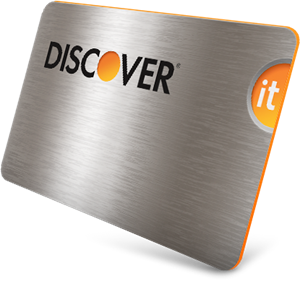Can You Trade In a Car with a Loan?
It could be that you live in a harsh climate and need an SUV with all-wheel drive. Maybe you need better fuel economy to lower your commuting costs. Or perhaps your current vehicle costs too much to insure, and you want something more frugal.
But whatever your reason for trading in a vehicle with a loan, how soon can you trade in a financed car? Let’s look at financing and how to trade in a car with a loan.
The basics of vehicle financing

Car loans help make a vehicle purchase manageable by taking a large transaction and breaking it into smaller pieces. Instead of one sizable upfront cost, financing lets you pay with a series of monthly payments.
Though buying a vehicle outright is possible, most customers decide to finance and keep extra money around for other essential obligations.
The interest rate on an auto loan is a percentage charged against the total you borrow, also known as the principal.
Typically, if you have an excellent credit score, you’ll qualify for more favorable interest rates, with the opposite being true for those with bad credit.
The annual percentage rate, or APR, considers the interest rate and other charges imposed by a lender. Each month the APR percentage is added to your monthly payment.
If you have low credit and face trouble securing financing, a trusted friend or family member can cosign a loan to vouch for your reliability.
Auto loans typically run for 24-84 months. Longer loans lower your monthly payments, which can help you buy a car that’s a little more expensive.
Buying a used car offers several advantages over purchasing a new one. You have the opportunity to save thousands of dollars while still driving away in a nearly new vehicle. Where can you go for not only a great deal but also a quality used car? Shift offers fair, no-haggle prices driven by powerful machine learning algorithms and tons of data. And at Shift, certified mechanics perform extensive 150-point inspections on every vehicle sold. You can buy any of Shift’s cars directly online from the comfort of your home, know it has no hidden issues (from our 150-point inspection) and get a fair, up-front price.
How does trading in a car work?
Rather than spending your essential time selling your old car to a private buyer, all you have to do when trading in is accept an offer, then use that money as a down payment.
Selling a used car yourself via private sale may take weeks or even months. In contrast, trading in may take only a few hours, allowing you to drive away in your next car that day.
Trading in your vehicle also can save you money on taxes. In many states, you only have to pay tax on the amount remaining when you subtract the trade-in value from the purchase price. This has the potential to save you thousands of dollars, letting you keep money around for other important things.
When it’s time to sell your old vehicle, Shift makes it easy. All you’ll have to do is enter the make, model, year, and mileage on Shift’s easy-to-use website, and you’ll instantly receive a purchase offer that’s valid for seven days. You can get a fair offer, better than at the dealership, driven by powerful machine learning algorithms and tons of data. And with Shift, there’s no need to spend extra time washing and waxing your car. A little dirt won’t affect the quote, as we fully detail the cars ourselves before putting them up for sale.
Can you trade in a car that’s not paid off?

Yes, trading in a financed vehicle is possible. However, how much you owe on your current loan and the car’s market value play a role in what you receive in return.
When trading in a vehicle with a loan, what you receive depends on how much equity you hold. Positive equity means the value of your car exceeds the remaining payments on your loan. Negative equity, also known as being “upside-down” or “underwater on a loan,” is when your car is worth less than the remaining balance.
But if your payoff amount is $8,000 installment loans Nashville and the market value of your vehicle is $5,000, you have negative equity.
When you trade in a vehicle with positive equity, you can use the resulting funds as a down payment toward your next one.
But if you’re underwater on your loan, you won’t receive any money for trading in. You have several options in this situation.
First, you can simply pay the difference between your remaining loan amount and the market value when trading in. So if you owe $7,000 and your vehicle’s worth $6,000, you would pay $1,000.
If you don’t mind waiting a while, simply paying off the remainder of your loan makes you the rightful owner of your car, ensuring you receive money when you decide to trade it in.
Owning a car brings many costs, like fuel, insurance, and maintenance. A good car loan helps you save money during the course of ownership. Shift works with a network of trusted lenders who compete for your business, so you get the best deal on financing.



